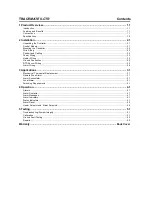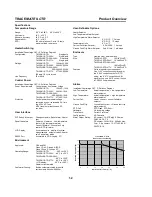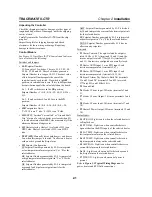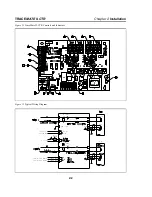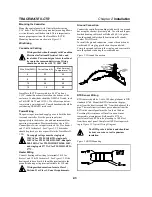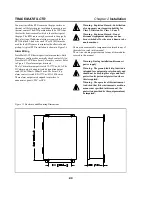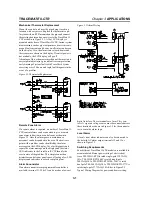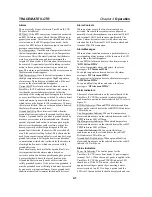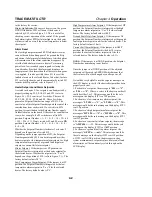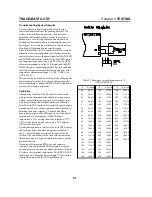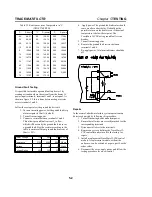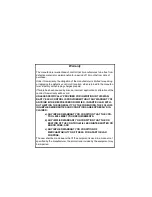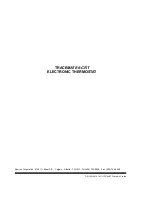
TRACE
MATE II-CTR
Contents
1 Product Overview .................................................................................................................... 1.1
Introduction ........................................................................................................................................................................ 1.1
Features and Benefits ....................................................................................................................................................... 1.1
Conventions ....................................................................................................................................................................... 1.1
Specifications .................................................................................................................................................................... 1.2
2 Installation ................................................................................................................................ 2.1
Unpacking the Controller .................................................................................................................................................. 2.1
Control Module .................................................................................................................................................................. 2.1
Mounting the Controller .................................................................................................................................................... 2.3
Wire Sizing ........................................................................................................................................................................ 2.3
Conduit and Cabling ......................................................................................................................................................... 2.3
Power Wiring ..................................................................................................................................................................... 2.3
Heater Wiring .................................................................................................................................................................... 2.3
Ground Connection ........................................................................................................................................................... 2.3
RTD Sensor Wiring ........................................................................................................................................................... 2.3
Alarm Wiring ...................................................................................................................................................................... 2.4
3 Applications ............................................................................................................................. 3.1
Mechanical Thermostat Replacement ............................................................................................................................. 3.1
Remote Zone Alarm .......................................................................................................................................................... 3.1
Alarm Annunciator ............................................................................................................................................................. 3.1
Local Alarm ........................................................................................................................................................................ 3.1
Switching Requirements ................................................................................................................................................... 3.1
4 Operation .................................................................................................................................. 4.1
Alarms ................................................................................................................................................................................ 4.1
Alarm Contacts .................................................................................................................................................................. 4.1
Alarm Messages ................................................................................................................................................................ 4.1
Alarm Indicators ................................................................................................................................................................ 4.1
Status Indicators ................................................................................................................................................................ 4.1
Alarm Reset ....................................................................................................................................................................... 4.2
Heater Setpoint and Alarm Setpoints .............................................................................................................................. 4.2
5 Testing ...................................................................................................................................... 5.1
Troubleshooting/System Integrity..................................................................................................................................... 5.1
Calibration ......................................................................................................................................................................... 5.1
Ground Fault Testing ......................................................................................................................................................... 5.2
Repairs ............................................................................................................................................................................... 5.2
Warranty ........................................................................................................................ Back Cover


